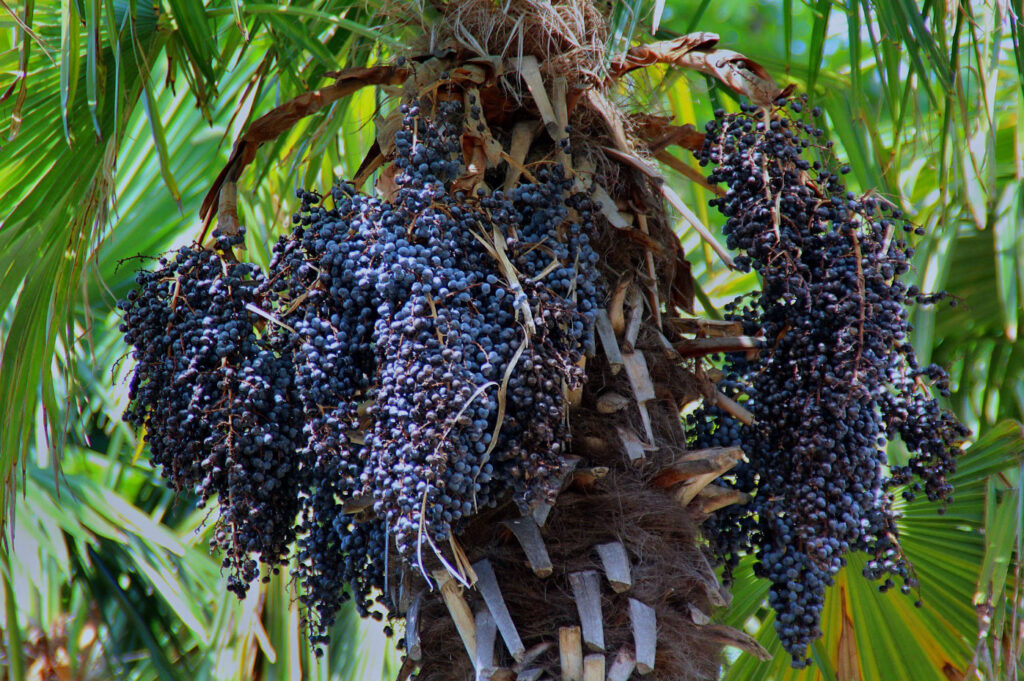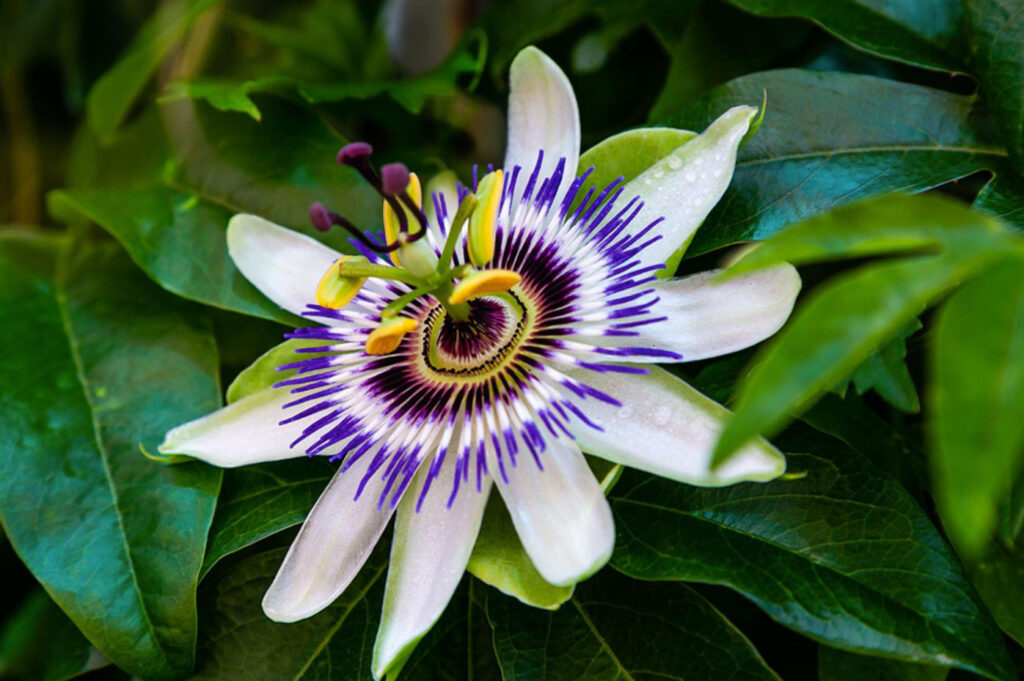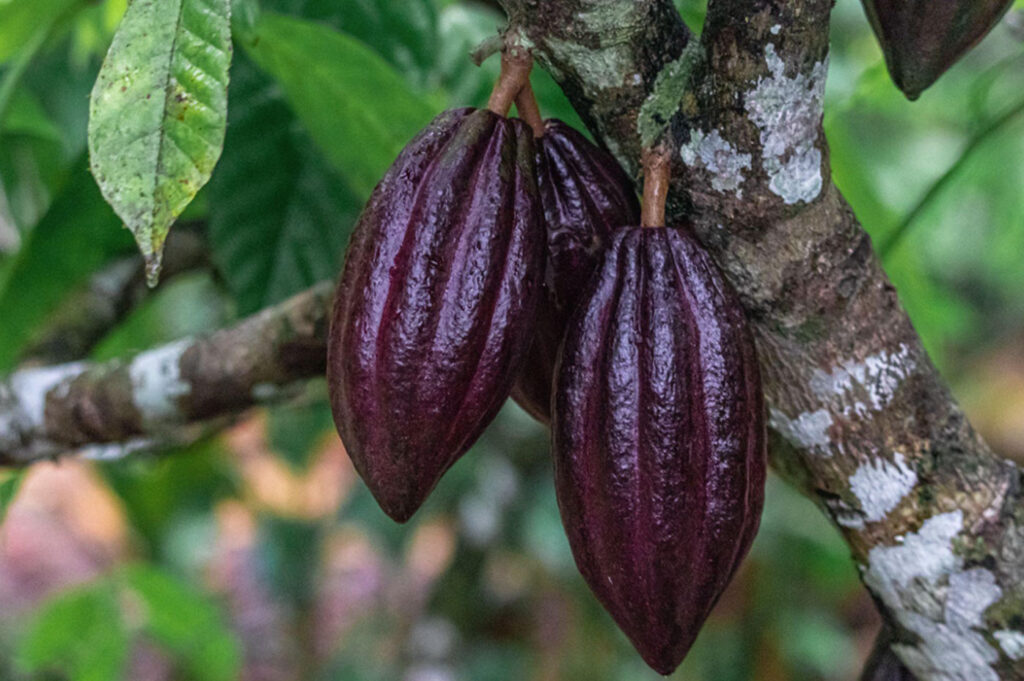The jungle is in our name and our office! Yes, that's right! Jungle Roots used this theme to bring our office to life and make it an incredible experience for your child as they go to the dentist.
Let's talk about the plants in the real jungle and rainforest. Some of these plants will make your jaw drop, and others will make you want to run! You'll be surprised that some of the most beautiful plants and flowers eat bugs and small mammals, and many provide delicious foods full of great nutrients. We will explore some of the most beautiful, colorful, and useful plants and find interesting facts about each.
Ahh! The Beauties of the Jungle
1. Acai Palm
You may have heard of this one or maybe even had it in your smoothie. Palm trees are the most plentiful trees in the forest but come in many different varieties. The Acai Palm grows to over 65 feet tall, and there are more of these than any other palm tree. Monkeys, parrots, toucans, and other animals feed on the berries from the acai, and humans collect them for the nutrients for their food.
2. Orchids
Did you know that the vanilla bean that flavors our ice cream, puddings, cakes, and coffee comes from an orchid that grows in the jungle? That's right! The vanilla beans grow on the same vine as the orchid and are picked and dried for their yummy flavor. The vanilla orchid is the only orchid that is grown for commercial use.
Orchids are the most abundant flower in the jungle in various beautifully colored species. They are fragrant, and you can even grow a few of the varieties of orchids at home.
3. Heliconia
The heliconia flower is otherwise known as the "hanging lobster claw" plant because of its brightly colored flowering cone shapes. These brightly colored "claws" hold nectar that the hummingbird relies on for food. Other insects and birds are also attracted to the plant.
4. Passion Flower
The Passion Flower is one of the jungle's most gorgeous and unique flowers. It grows in the canopy of the trees. Its purple and white color looks plastic-like but gives off a lovely smell.
The fruit of this plant is edible. The Amazonian tribes use the leaves of this flower for medicine, such as pain relievers and sedatives.
5. Cacao
Does this plant look like a chocolate football to you? You are half correct. Football—no! Chocolate—yes! This is the cacao (cocoa) plant, and its "bean" is inside this pod. Ancient cultures living in the Amazon Rainforest have traded the seeds of this bean for thousands of years.
The seeds from the cacao bean become chocolate in one form or another. The technical name for this tree is Theobroma, which means "food for the gods." Everyone who loves any chocolate product can surely agree that this name is a good fit!
6. Giant Water Lily
The giant water lily grows in the Amazon Rainforest's water. Its size—it can reach over nine feet wide—is the reason for its name. These large leaves have sharp spines in rows on their undersides, which keeps manatees (yes there are manatees in the Amazon rivers!) and other water animals from eating them.
Pretty white flowers that turn pink as they mature grow on vines and float on the water like the leaves.
More interesting facts: The plant grows upward from the bottom of the riverbed or lake and can grow as long as 26 feet and the leaves can support the weight of a small child!
Insects and Small Mammals Beware!
Many plants in the jungle are meat eaters! They get some of their nutrients from the insects and small mammals living around them. Since the plants cannot get all of the food necessary to keep them alive from the soil, they lure their prey to them with color, smell, etc.
Let's talk about some of these “meat-eating” plants!
7. Pitcher Plant
Pitcher plants come in many varieties and can be lots of different colors. Some grow from the ground, and others hang from vines on a tree. Its tube-like structure can hold rainwater or nectar for these insects or small mammals. What insect would see this and not want to investigate?
The bad thing about investigating is that creatures can't get out once they are in! Tiny, hair-like spikes point down in the pitcher's walls, and the bugs can easily slide down these spikes but can't crawl back up. The plant holds them and slowly digests their nutrients for food.
The two pictures above show the pitcher plant's shape and the spider that might be its next meal!
This plant lives in the water and can have a variety of different-colored flowers that rise above the surface. The first photo above shows the yellow flower on this plant. The second photo shows the bladderwort plant’s “bladders” from under the water.
The little bladders suck in water and anything else in their surroundings if they are touched. This is how it gets its nutrients. Small microscopic animals, larvae, and water insects are some things captured by the tiny sacs and digested by the bladders.
9. Corpse Flower
The Corpse Flower is the largest growing flower in the world. The bloom can get as big as three feet in diameter! It grows on vines across the floor of the rainforests in Borneo and Sumatra.
The Corpse Flower smells like rotting flesh. Flies are attracted to the scent, and it lures them into the center of the flower, where they will be captured and digested for food.
10. Sundew Plants
The Sundew can grow in many different forms. Some are flower-like with petals, and others have long, thin bodies.
All Sundew plants have one thing in common: their glistening appearance. The tiny spines of these flowers look like they've just been through a rain shower. The little droplets that look like water are really a sticky substance that insects get stuck in. The plant then digests their bodies for food.
Before We Head Out of the Jungle…
What do you think about these beautiful (and sometimes deadly) plants in the rainforests? All are unique and make people want to say, "Wow!" Isn’t it amazing how many different types there are?
We can't wait to see you next time you visit our Jungle!























